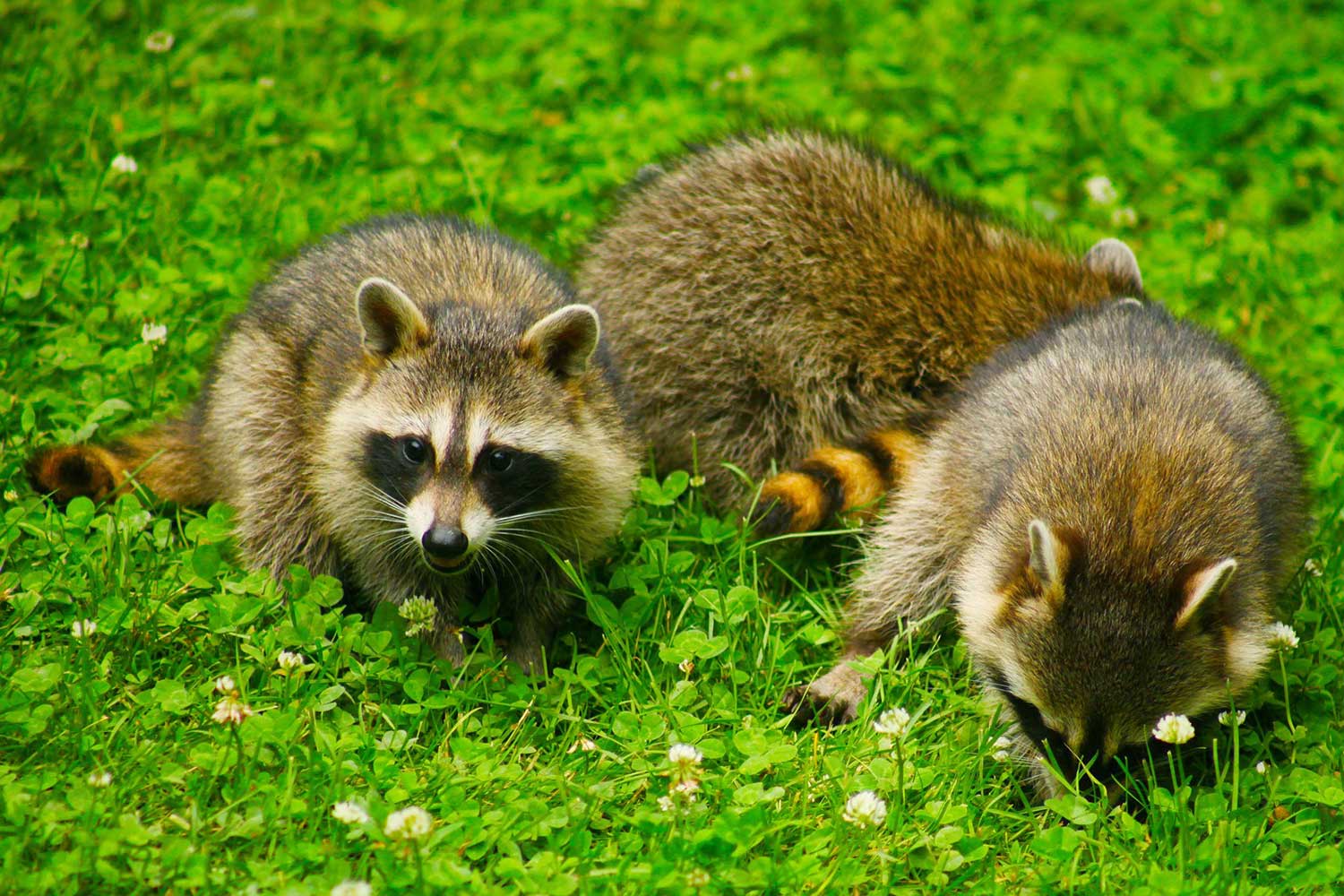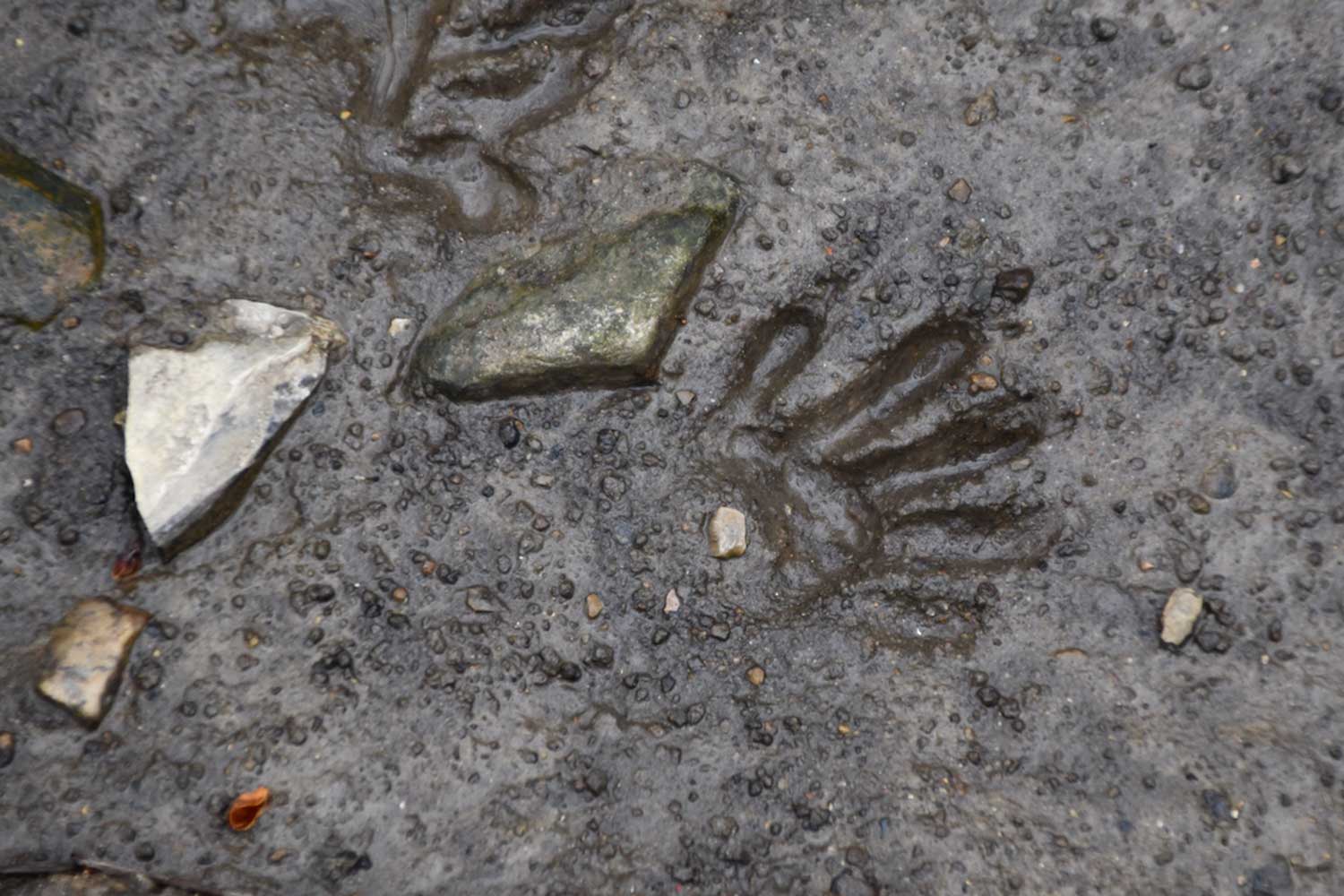Creature feature: The crafty raccoon

Loved or reviled, the raccoon is one of the most common mammals in Illinois. Some think they are cute; others curse their craftiness, especially when it comes to getting into garbage cans.
Raccoons are common throughout the state and their population has increased over the past 100 years. Scientists believe the raccoon population in the state today is greater than it was when European settlers first arrived in the 1600s and 1700s, according to the Illinois Department of Natural Resources.
Raccoons do not have a lot of predators, although they have been known to be attacked by coyotes, cougars and bobcats. More commonly, they succumb the disease and infection as well as collisions with vehicles.
READ MORE IN OUR CREATURE FEATURE SERIES
The name game
The word raccoon comes from the term "arahkunem," which was the term used by the Algonquian peoples for these animals. The term translates to "he scratches with the hands," a reference to how raccoons eat and pick up food.
Through the years, the term arahkunem morphed and evolved through various iterations and spellings. Raccoon became the accepted standardized spelling in the latter half of the 17th century.
Physical characteristics
Raccoons are mostly brownish-gray, with several well-known identifying physical characteristics. Most notable of these features is their faces, which appear as though they are wearing a bandit-style mask. Raccoons also have long tails with between five and eight dark-colored rings, PBS reports.
These mammals walk and run with what looks like an unusual gait because their back legs are longer than their front legs. They have a heightened sense of touch, especially with their front paws. Their are able to manipulate their toes on their front feet very well, which makes it easy for them to pick up and food and other objects.
Raccoons are typically between 26 inches and 39 inches long, which includes their long tails. Their average weight is 15 pounds to 20 pounds, with males being larger than females. In Illinois, raccoons in the north part of the state are larger than their southern counterparts, IDNR reports. Male raccoons in the north part of the state weigh about 19 pounds, compared with 14 pounds for raccoons in the south.
Where they live
Raccoons are native to the United States and are found across much of the country, with a few exceptions. Raccoons do not live in parts of the Rocky Mountain region or southwestern states such as Arizona, Nevada and Utah, PBS reports.
Within their range, raccoons live in virtually all kinds of habitat, from rural to urban. They are most common in urban and suburban areas near woodlands and farmland and are less often seen in grasslands or agricultural areas with few or no trees, IDNR reports.
What they eat
Raccoons are notorious for their non-discerning diet, earning them the affectionate nicknames "trash pandas" and "trash bandits." They are opportunistic omnivores, which means they will eat just about anything, including both plant- and animal-based foods. As a result, their diet tends to vary depending on where they live.
Common foods include fruits, nuts, insects, rodents, frogs, eggs and crayfish, according to PBS. They hunt for live animals by visiting shallow bodies of water or overturning rocks and logs.
In urban and suburban areas, they famously scavenge through garbage cans for food. In rural areas of Illinois, corn leftover from harvested fields is an important food source in fall and winter, according to IDNR. In other places, fruits and nuts that fall from trees can serve as a steady source of food.







